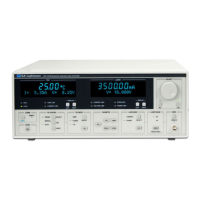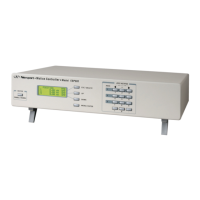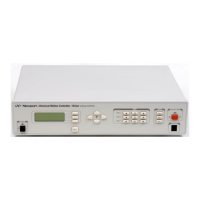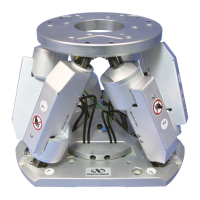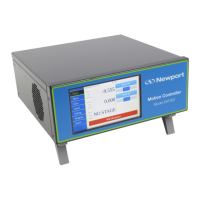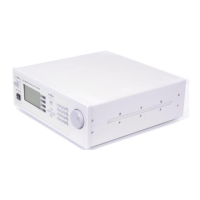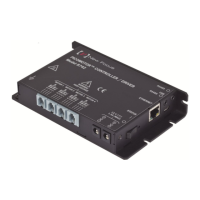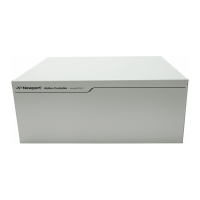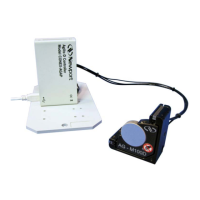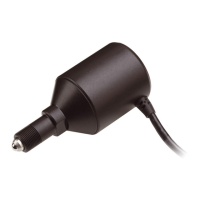33 EDH0170FE1010 – 09/98
LDS1000 Controller for Laser Diode Sensors
•BAUD RATE :9600
•MSG TERM :CR
•WORD LENGTH:8
•STOP BITS :1
•PARITY :NONE
Start up the LDS1000 Controller and check, in Manual mode, the interface
parameters by selecting the RS-232-C protocol.
=> (F4) => (F2)
If the display is:
The RS-232-C interface is active (otherwise press the (F1) key of the
controller to return to the RS-232-C protocol).
Use (F2) mode to visualize and modify the interface parameters if
necessary.
Return to the main display menu of the controller with the (F5) key.
The system is ready to communicate in RS-232-C.
RECOMMANDATION
Refer to the Appendix A: “Example of Program Using RS-232-C Link”.
10.1.2 IEEE-488 Interface
IEEE-488 interface is only possible if the computer is equipped with an IEEE-
488 communication card. Several models are available on the market.
RECOMMANDATION
NEWPORT recommends the National Instrument AT-GPIB/TNT card for
its software.
An IEEE-488 cable is required for the interface between the LDS1000
Controller and the IEEE-488 card. The cable is symmetrical and allows seve-
ral instruments to be chained. This is the advantage of a parallel interface.
When setting up, make sure the support screws are properly tightened.
The communication must be obtained with a program. Read the software
documentation to configure the parameters of the IEEE-488 output. It is
recommended, as far as possible, to select the following parameters, that
are the LDS1000 Controller’s default parameters:
•MSG TERM :CR LF
•PRIM ADRESS :15
•SECOND ADRESS:00
•TIME OUT :0.5 sec
The controller operates the IEEE-488 interface in SRQ mode: the controller
status can be read with the SPOL function of the IEEE-488 card. This status
is coded by an 8 bits word, bit 7 of which (value 128) is worth 1 if a messa-
ge is near: The reading must always be carried out before a new request.
